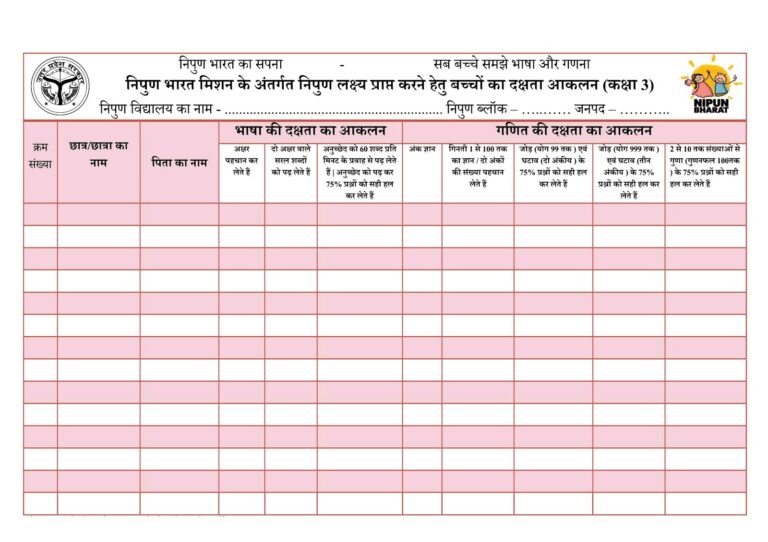What is Remedial Teaching:- Remedial teaching is a type of instruction that is specifically designed to help students who are struggling academically. The purpose of remedial teaching is to provide additional support and assistance to students who are having difficulty in a particular subject or skill area. Remedial teaching can take many different forms, depending on the needs of the student and the subject matter being taught.
In general, remedial teaching involves identifying areas of weakness and providing targeted instruction and practice to help students improve their skills and understanding. This may involve working one-on-one with a teacher or tutor, participating in small group instruction, or using specialized instructional materials or technology. The ultimate goal of remedial teaching is to help students achieve academic success and reach their full potential.
Remedial Teaching Methods
There are various methods of remedial teaching, and the selection of methods depends on the individual needs and learning styles of the students. Here are some common remedial teaching methods:
- Individualized instruction: This method involves one-on-one instruction between the teacher and the student. The teacher provides targeted support and guidance to the student, focusing on their specific needs and learning style.
- Small-group instruction: In this method, students work in small groups with a teacher or tutor who provides additional support and instruction. This approach allows for more interaction and collaboration between students.
- Multisensory approach: This method engages multiple senses to enhance learning, such as using visual aids, hands-on activities, and audio recordings.
- Computer-based instruction: This approach utilizes computer software programs and online resources to provide students with interactive and engaging learning experiences.
- Scaffolded instruction: This method involves breaking down complex concepts into smaller, more manageable steps, allowing students to build upon their existing knowledge and skills gradually.
- Peer tutoring: In this method, students work with one another to provide support and instruction. This approach can be particularly effective for students who learn better through social interaction.
These are just a few examples of remedial teaching methods. The most effective approach will depend on the needs and learning styles of the individual students.
Methodology for Remedial Teaching
Here are some key steps to follow when developing a methodology for remedial teaching:
- Assess the student’s needs: The first step in remedial teaching is to identify the specific areas where the student is struggling. This may involve conducting assessments, reviewing previous work, and talking to the student to understand their strengths and weaknesses.
- Develop clear learning objectives: Based on the assessment, develop clear and measurable learning objectives that the student needs to achieve. These objectives should be specific, measurable, achievable, relevant, and time-bound (SMART).
- Choose appropriate teaching strategies: Select teaching strategies and methods that are tailored to the student’s learning needs and objectives. This may involve individualized instruction, small-group instruction, or a combination of different strategies.
- Implement the teaching plan: Deliver the teaching plan to the student, using a variety of instructional techniques and resources to reinforce learning. Ensure that the student has ample opportunities to practice and receive feedback.
- Monitor progress and adjust the plan: Regularly monitor the student’s progress towards the learning objectives and adjust the teaching plan as necessary. Provide regular feedback to the student and encourage them to reflect on their learning and identify areas for improvement.
- Evaluate outcomes: Evaluate the effectiveness of the remedial teaching program by measuring progress towards the learning objectives and assessing the student’s overall performance. Use this information to refine the teaching plan and improve future remedial teaching efforts.



